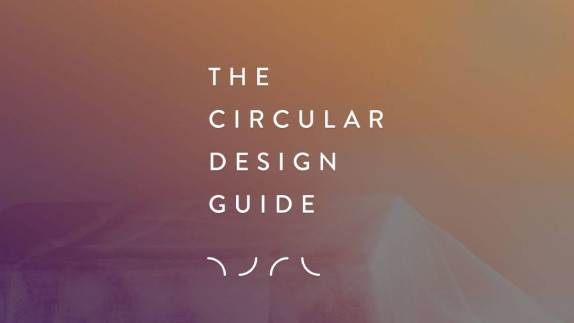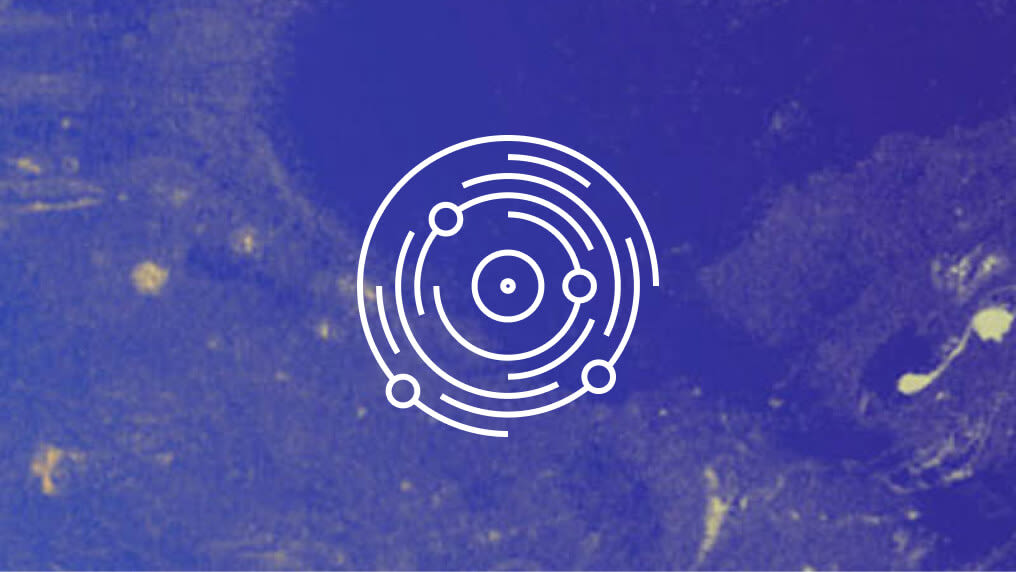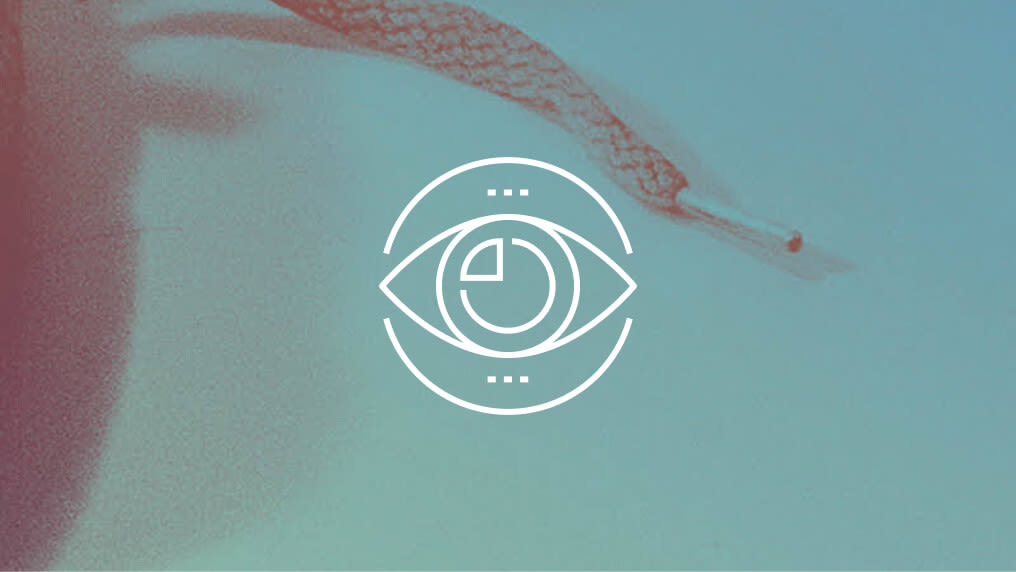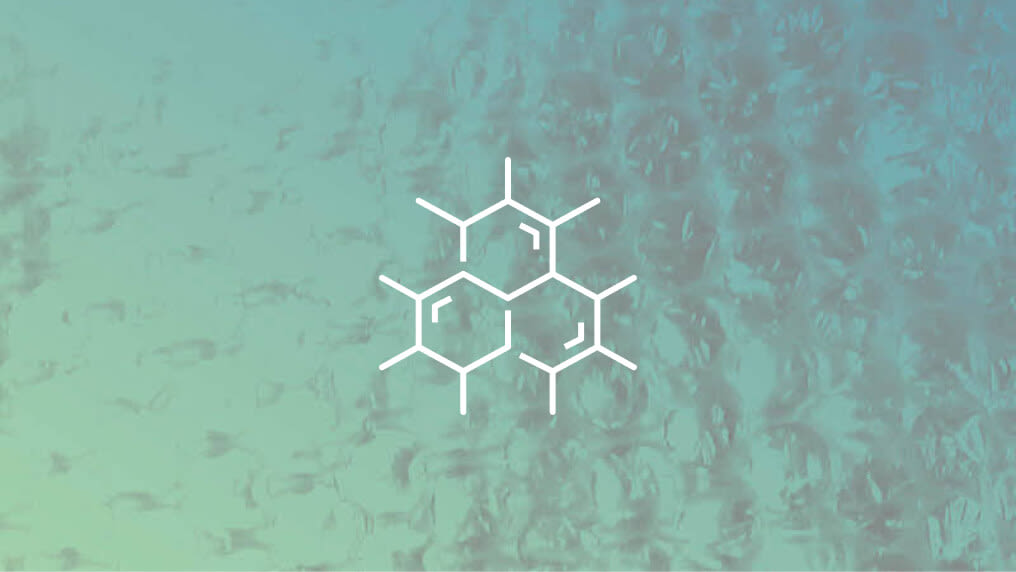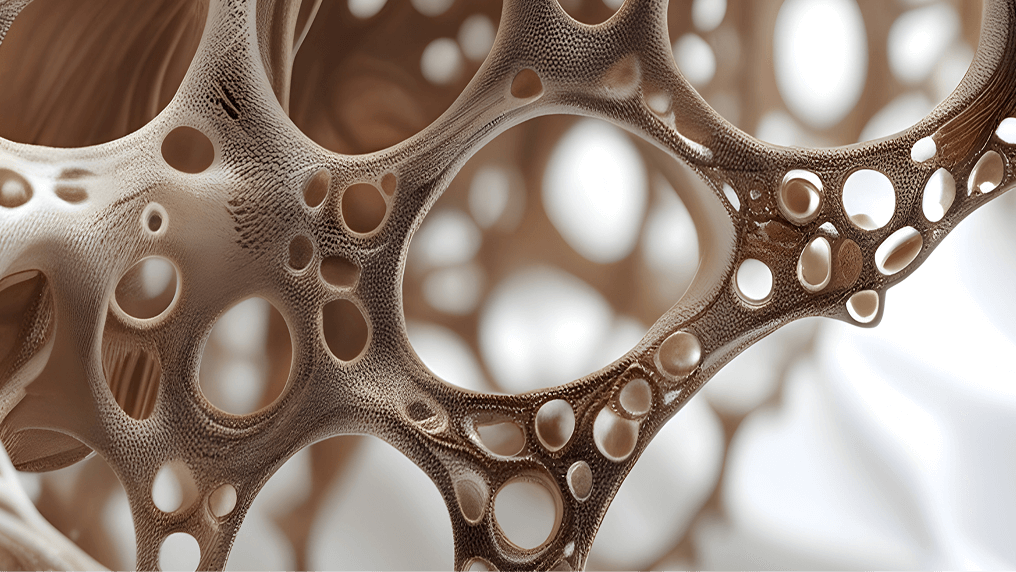Think about the cycles of use for your product or service and its parts. Ask yourself what will happen over time. How might your product break down? What happens then?
Circularity means rethinking a linear use cycle of your product or service with a beginning, middle, and end. If a product or service is truly circular, it will never actually have an end to its life, but continuously take a new form. Mapping this journey will ensure that your product stays in a useful state for as long as possible and adds value at every stage.
Steps
Step 1
Start by asking yourself: how long is the intended use phase initially for the product or service? And could this be extended?
Step 2
Then, ask yourself “what’s next?” What happens after its first use cycle?
Does it return to the biosphere? (e.g. packaging that biodegrades)
Does it get reused or repurposed by a new user? (e.g. a cell phone that someone else uses after you in a new market or a wine bottle becoming a decorative item)
Does it get repaired or refurbished? (e.g. a pair of boots that gets repaired)
Does it get remanufactured? (e.g. a phone case that gets remade instead of throwing away the whole smartphone)
Does it get recycled? (e.g. metal that gets melted down and reused)
Step 3
Do this for multiple cycles. What are the journeys for the different parts of your product or service after use? It is likely that your product will break down into its core elements/components the further you go into cycles of use.
Step 4
Before finalising, consider the practical challenges during the disposal, collection, and recovery stages. (For example, a particular product or product component might be made of recyclable material, but not be recycled in reality.)
Step 5
For components that do not have a circular pathway, how could they be redesigned? You might consider revisiting the Smart Material activity if you need help with this.

Circular Design Guide
This page is part of the Circular Design Guide. Get an overview of the project, or dive straight into our activities to help you understand, define, make, and release circular innovations.

